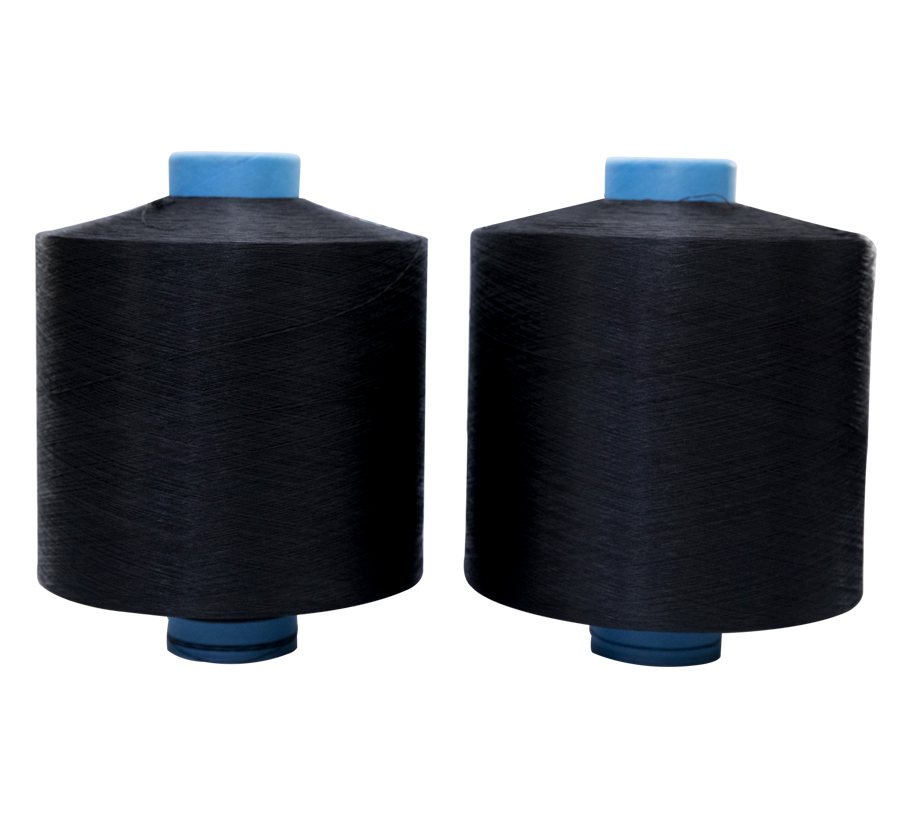Product Name: DTY 150D/36F HIM Polyester Yarn Size: 150D/36F Twist: S+Z Pattern:...
See DetailsIf you're thinking about starting a knitting project, you might want to consider using Polyester Yarn. Its appearance is similar to wool, and its relatively cheap price makes it an choice for beginner knitters. If you're already a skilled knitter, however, you may want to try a larger project. Then again, you can always use your leftover yarn for another project if you have small amounts of yarn left over from the .

There are many different types of Polyester yarn. One type is called DTY (Drawn Textured Yarn) and is manufactured by twisting, drawing, and de-twisting polyester thread. Texturizing processes impart different bulk and stretch properties. Different heating techniques can be used to produce textured yarn, based on its intended use. In addition, different levels of intermingling are required for different downstream Machines and applications.
Another type of Polyester Yarn is called filament yarn. This type of yarn is produced by spinning a filament of polyester fibers. This filament then opens, and the filaments start to intertwine to form a compact section. During this process, the polyester yarn is dragged by hand. A firm, spreading pull is applied to the yarn, causing the filaments to intertwine. It is also used in home furnishings, such as seat covers.
Many uses for Polyester Yarn include home furnishings, apparel, and textiles. Polyester filament yarn is used in knitting, weaving, and other industrial processes. Other uses include ropes, conveyor belts, and safety belts. It is lightweight and low-cost, and is widely used in clothing and home furnishings worldwide. In addition to apparel, polyester filament yarn is used in threads, textiles, and even in mattresses and beddings.
While the size of Polyester Yarn depends on the density of the fibre, the quality of the fabric also varies. In addition to its softness, it is anti-microbial and flame retardant. It is also moisture-management-friendly, and can be Machine-washed. A large portion of polyester fibres are exported to countries around the world. However, the percentage of exports is still quite small when compared to the total production.
Today, there are several types of Polyester yarn, ranging from those made from recycled plastics to more environmentally-friendly materials. PET is the main component in polyester. Its strength and elasticity are unparalleled in the market, and it can be used in many geotechnical applications, such as crack prevention, improving the strength of roadbeds, stabilizing riversides, and stress-evenness adjustment. Its use in clothing makes it a popular choice among women.
Despite its low cost, the quality of Polyester yarn is not compromised. Its synthetic properties make it durable, and unlike cotton, it is also easy to care for. This makes it an ideal choice for household fabric projects that require frequent washing. For example, if you're planning to make a baby's blanket, you can use the leftover yarn to create a laundry bag, a crocheted baby blanket, or a rattling toy.